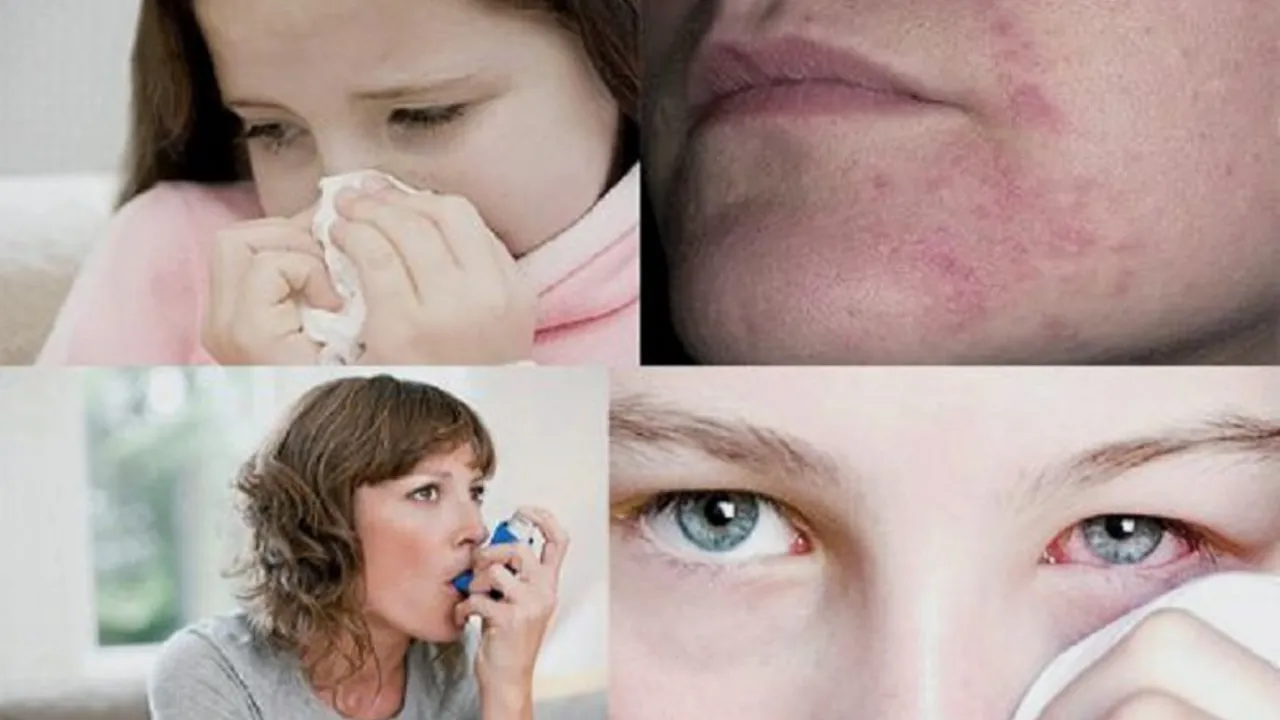Lincomycin Allergy: Symptoms, Risks, and What to Do
If you were given lincomycin and started feeling itchy, breaking out in a rash, or having trouble breathing, don’t ignore it. Lincomycin is a lincosamide antibiotic. Allergic reactions can range from mild rashes to life-threatening anaphylaxis. Knowing what to watch for and what steps to take can keep you safe.
Common signs and timing
Allergic reactions usually appear soon after taking the drug, often within minutes to a few hours. Look for hives, widespread itchy rash, swelling of the face or throat, wheezing, dizziness, or fainting. Delayed reactions can show up days later as a red rash, fever, or joint pain. Any breathing trouble, swelling of the mouth or tongue, or feeling faint is an emergency—call emergency services or go to the ER right away.
What to do right away
Stop the drug at once if you suspect an allergy and contact your prescriber. For mild itching or hives, your doctor may recommend antihistamines or a short steroid course. For severe reactions with breathing problems or low blood pressure, you need immediate emergency treatment with epinephrine and hospital care.
Tell the pharmacist and all future providers about the reaction. Write it down, add it to your medical record, and consider a medical alert bracelet if the reaction was severe.
Skin testing for lincomycin is not standardized, so there’s no routine allergy test like there is for penicillin. If a true allergy is unclear, an allergy specialist can help. In rare cases where the antibiotic is essential, supervised desensitization can be done in a hospital setting.
People often ask about clindamycin. Clindamycin is a related drug made from lincomycin, so cross-reaction can happen. If you had an allergic reaction to lincomycin, your doctor will usually avoid clindamycin unless an allergy specialist clears it. Other antibiotic classes, such as macrolides (azithromycin), tetracyclines, or certain beta-lactams, may be safe alternatives depending on the infection and your other allergies.
Keep it practical: when you call your clinic or visit a pharmacy, say the drug name, describe the reaction briefly (for example, big hives and throat swelling), and note how soon after taking it symptoms began. That helps clinicians pick safer options fast.
Finally, don’t try a related antibiotic at home to test the reaction. If your infection requires treatment and you have a history of lincomycin allergy, ask for an allergy consult or a hospital-based desensitization plan. That way you get the care you need without unnecessary risk.
Lincomycin Allergies: Symptoms, Diagnosis, and Treatment
Hey guys, in this post, we're diving deep into the world of Lincomycin allergies. We'll delve into recognising the symptoms, approaches for accurate diagnosis, and potential treatment options. If you or a close one are using Lincomycin and fear a possible allergic reaction, this article is for you! Brush up your knowledge and stay one step ahead. Remember, health is wealth!
More
